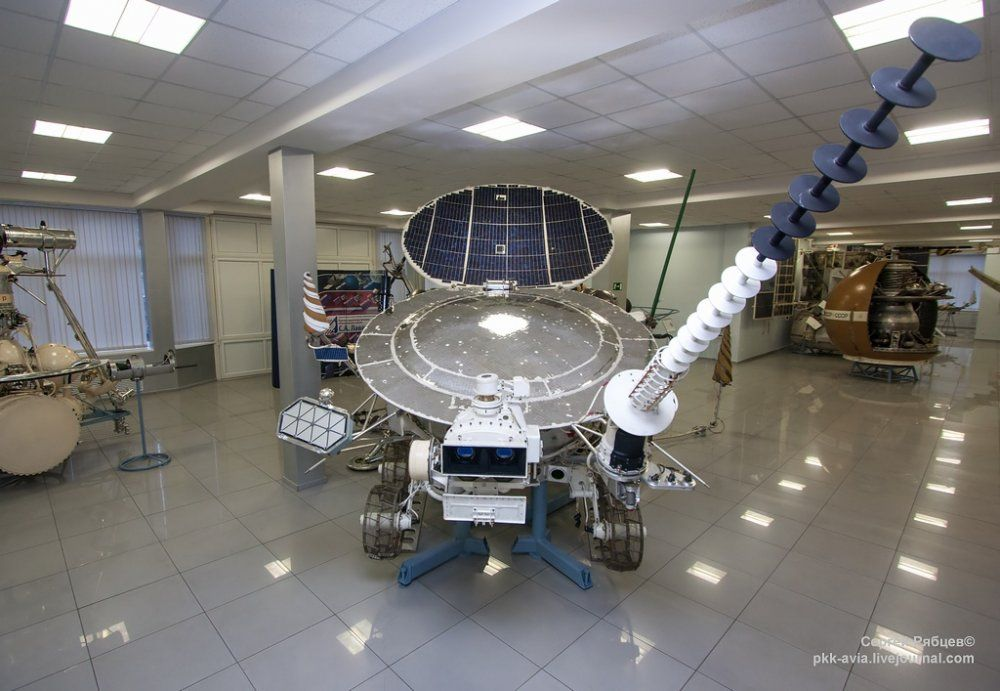This is an obscure type of antenna, called sometimes cigar antenna, that works pretty much like Yagi - most of you will know it as (non-satellite) TV antenna - but instead of rods it has disks. It was used in Lunokhod 1 and 2, Soviet moon rovers launched in 1970 and 1973 respectively



So the principle is: If the design of your antenna is such that when the signal emitted by one disc reaches the next disc some nanoseconds later, the phases line up (the next disc is adding power because it’s exactly in sync with the signal coming off the first disc), each disc will progressively reinforce the signal so the emitted signal adds up to be way more powerful in the exact direction that the antenna is pointed. And likewise for receiving from that specific direction.
Yagi antennas use the same principle, and another poster gave a much more technical explanation of why discs instead of a Yagi or helix, but in case you were asking the more basic question, that’s why.
Thanks for the Eli5!!
I must be a retarded 5 yo
you can think of these disks or rods or whatever as a kind of lens that makes signal stick to these elements - but only if it arrives from front. then all that signal falls on an actual radiating element in the back of antenna. this works only for some range of wavelengths - in general, the more volume this kind of antenna occupies, the bigger this range is